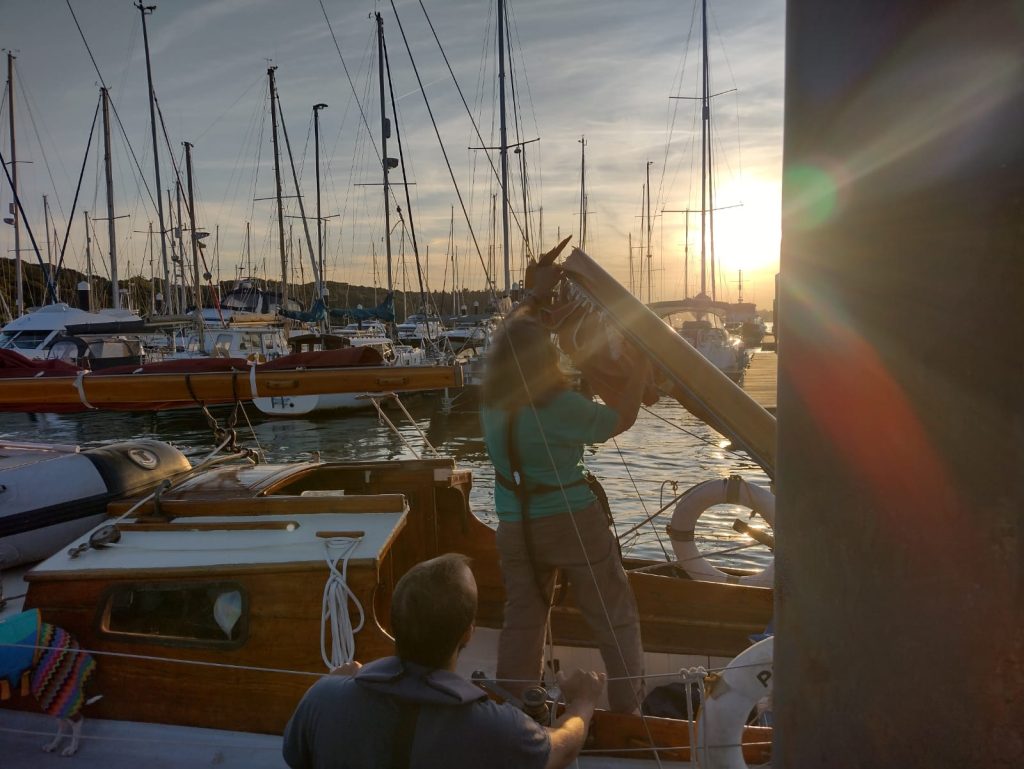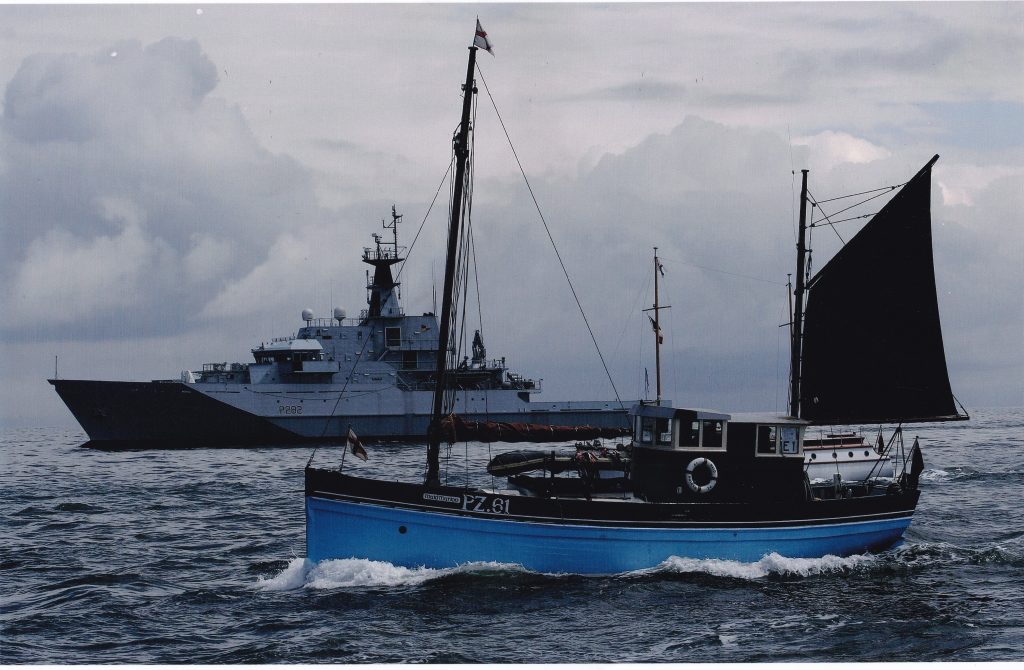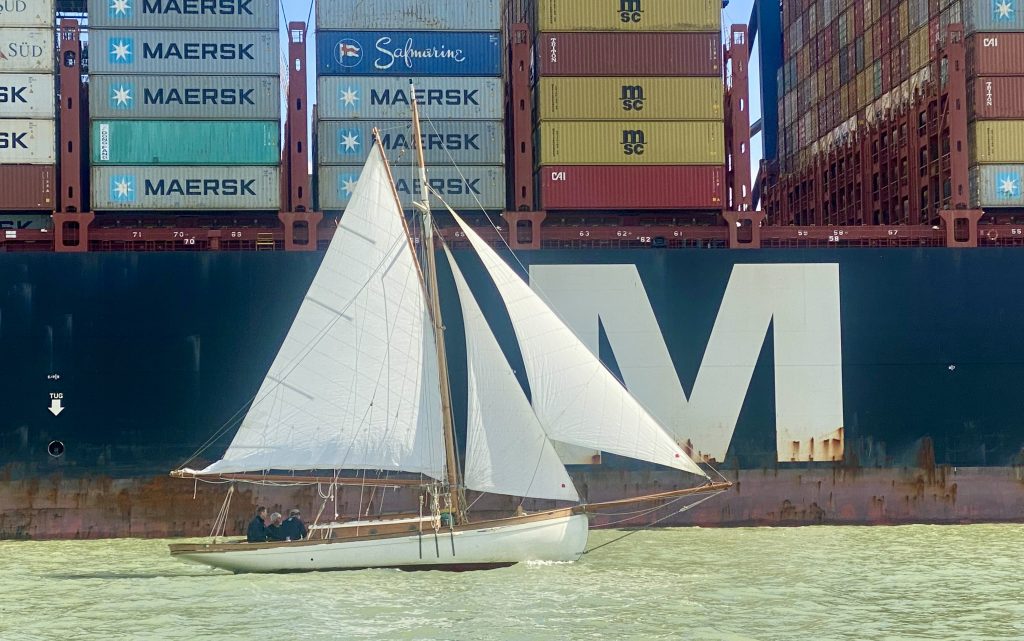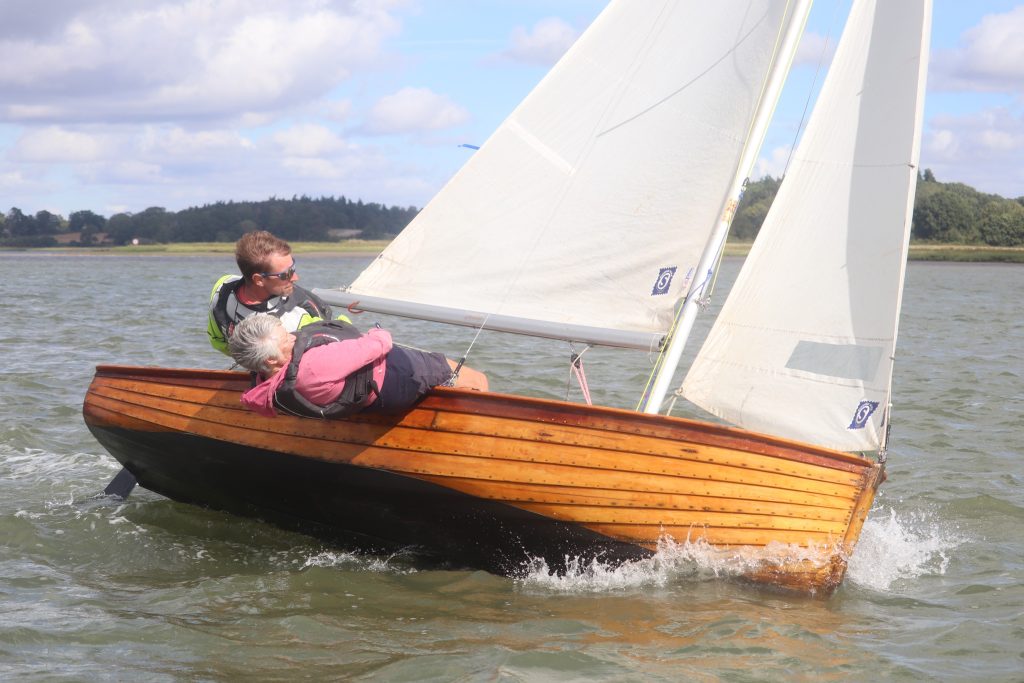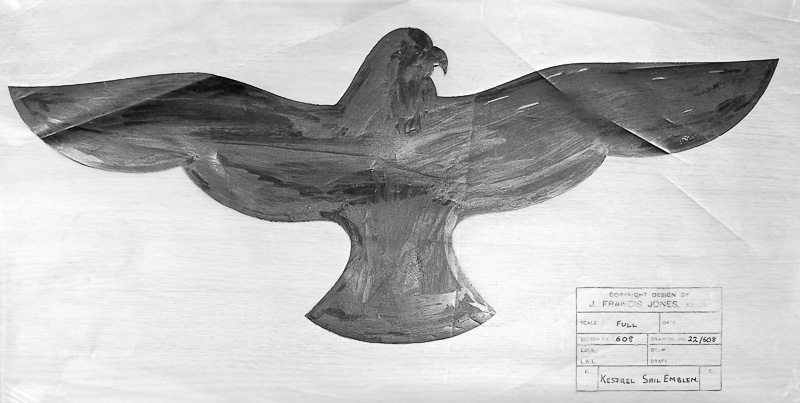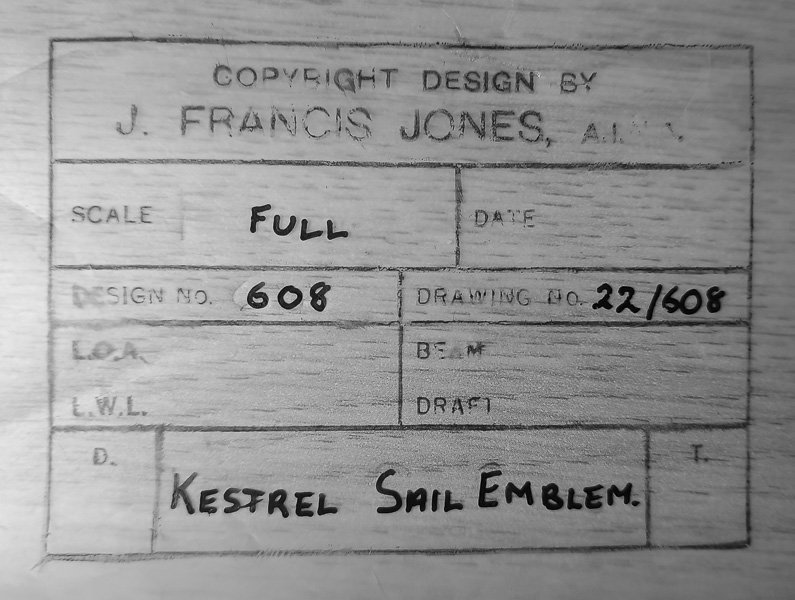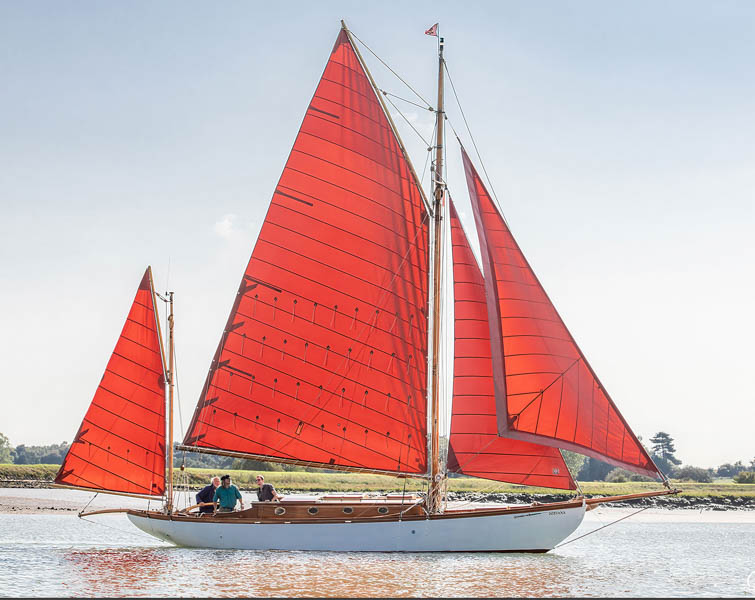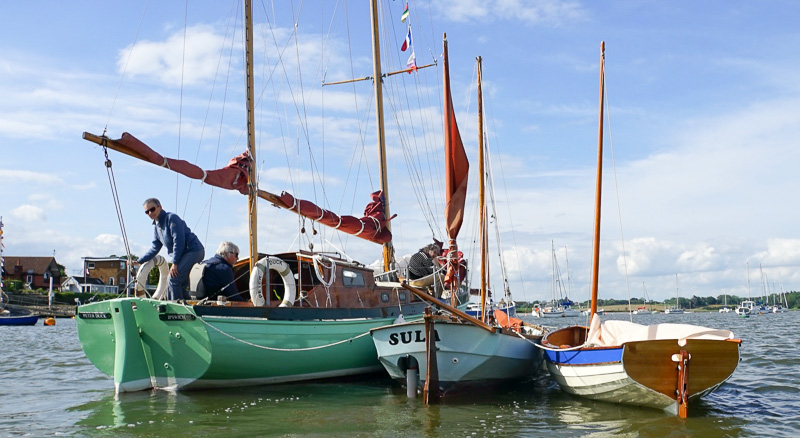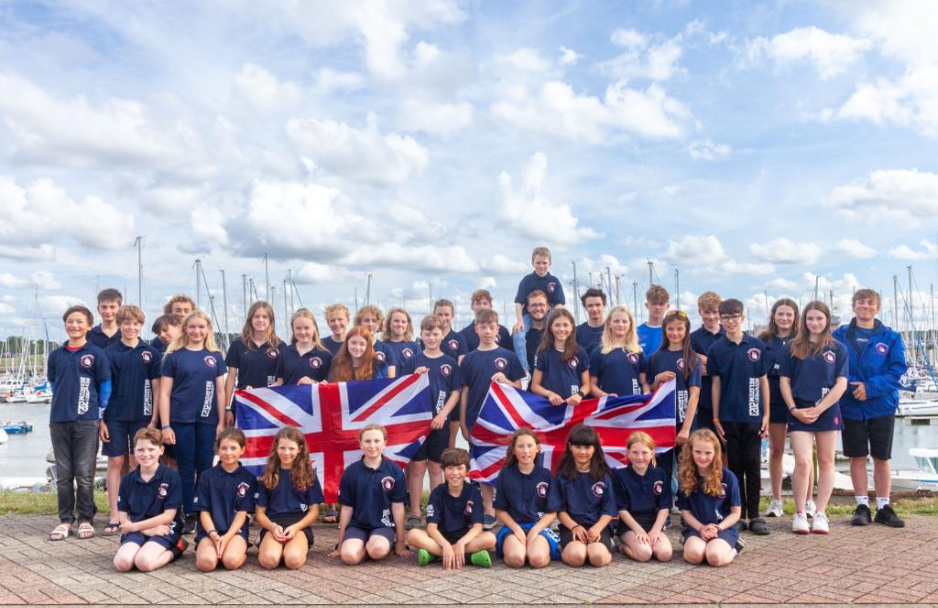By Alice Thorogood
Alice Thorogood has been the parent of three children (Gwen, Hettie and Kemmel Thorogood) in the Waldringfield Cadet Squadron for the last eight years. She and her husband Frank have been fully involved with the practicalities of race management, regatta organisation and committee work as well as ferrying their own children and their dinghies to innumerable events at home and abroad (including world championships as far away as Australia). Cadet sailors must retire at 17. Suddenly it’s all over.
Alice used the lyrics of the Baz Luhrman song ‘everybody’s free (to wear sunscreen)’ to reflect on the friendships she’s made and the experience gained.
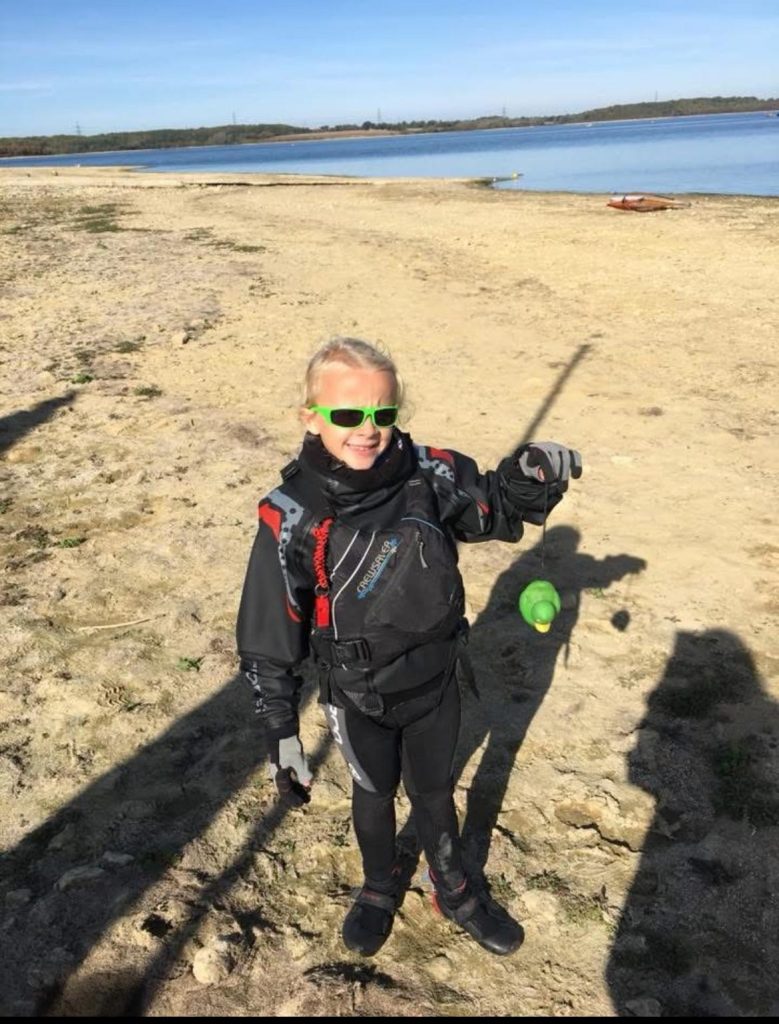
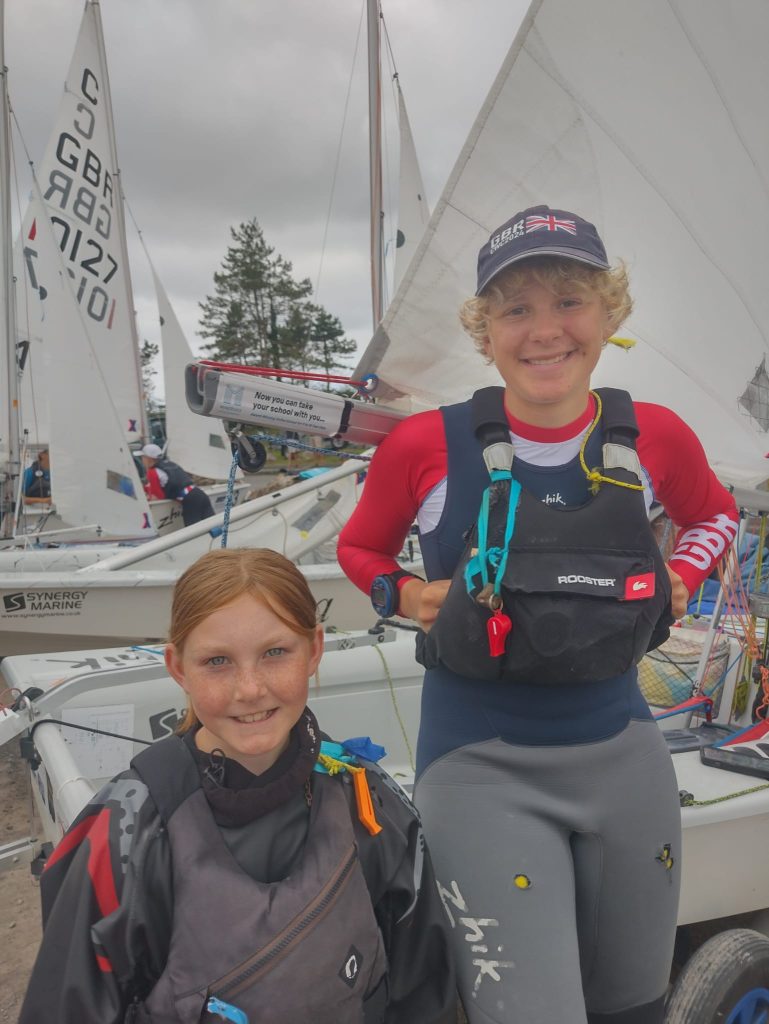
Hettie as a junior sailor (left) and at the 2024 World Championships (right).
Ladies and gentlemen of the cadet class of 25:
Go to the South Cerney open.
If I could offer you only one tip for the future, camping at the SC open would be it.
The long-term benefits of attending this open have been proved by the existence of enduring friendships beyond the class, whereas the rest of my advice has no basis more reliable
Than my own meandering cadet experience. I will dispense this advice now.

